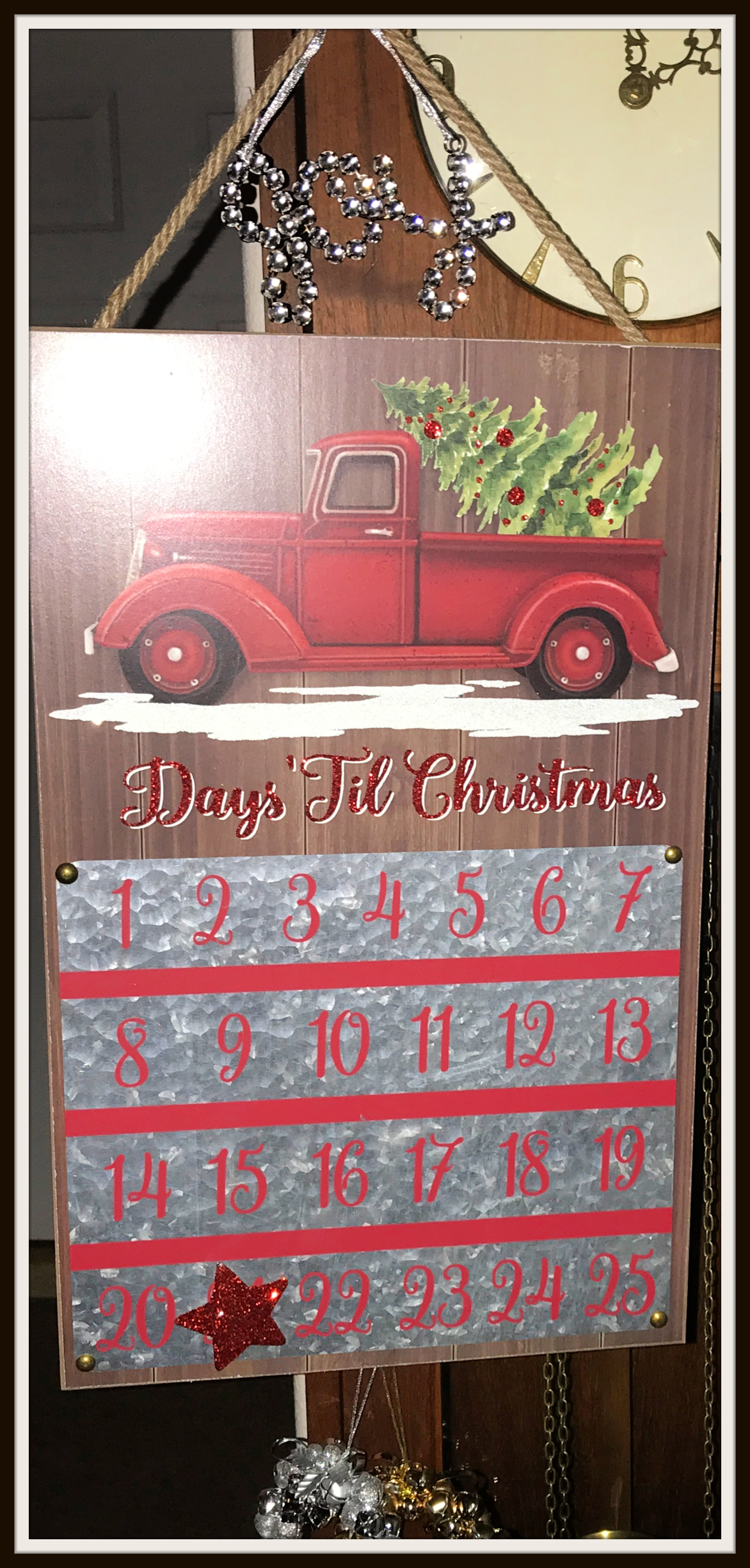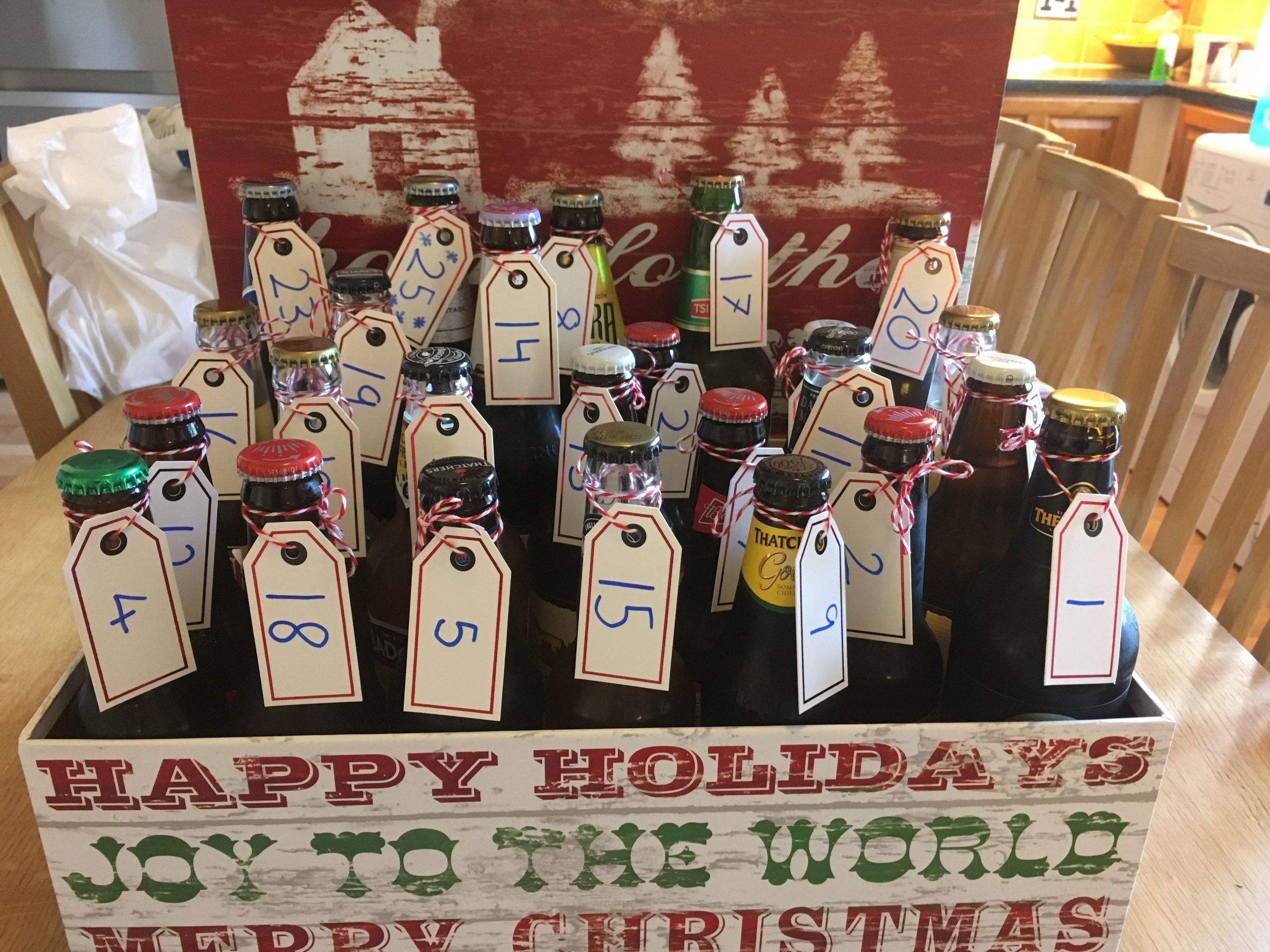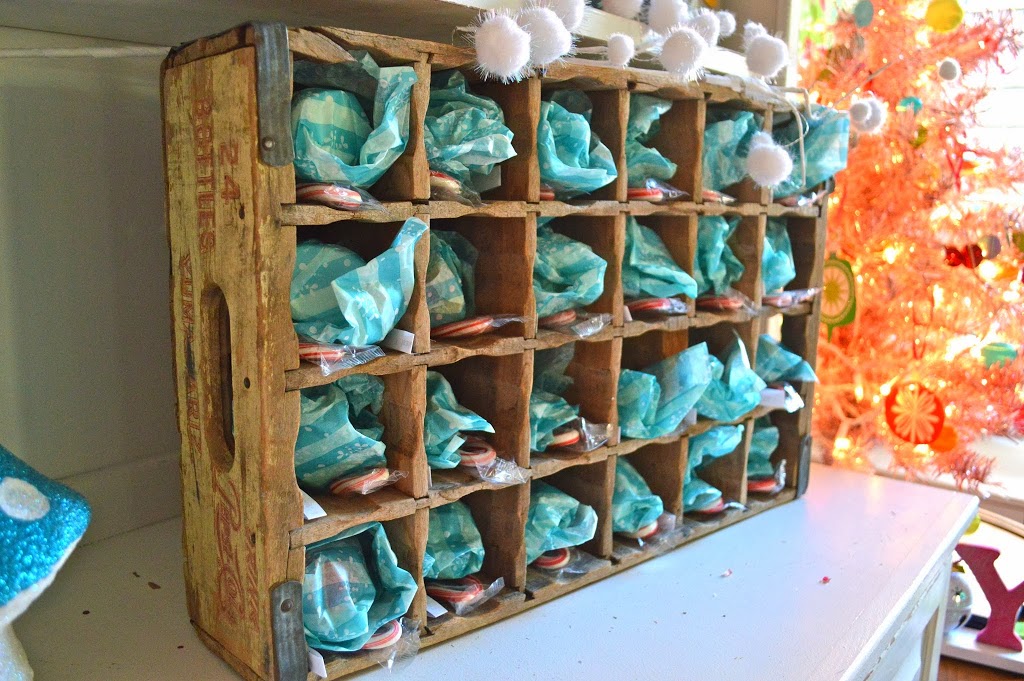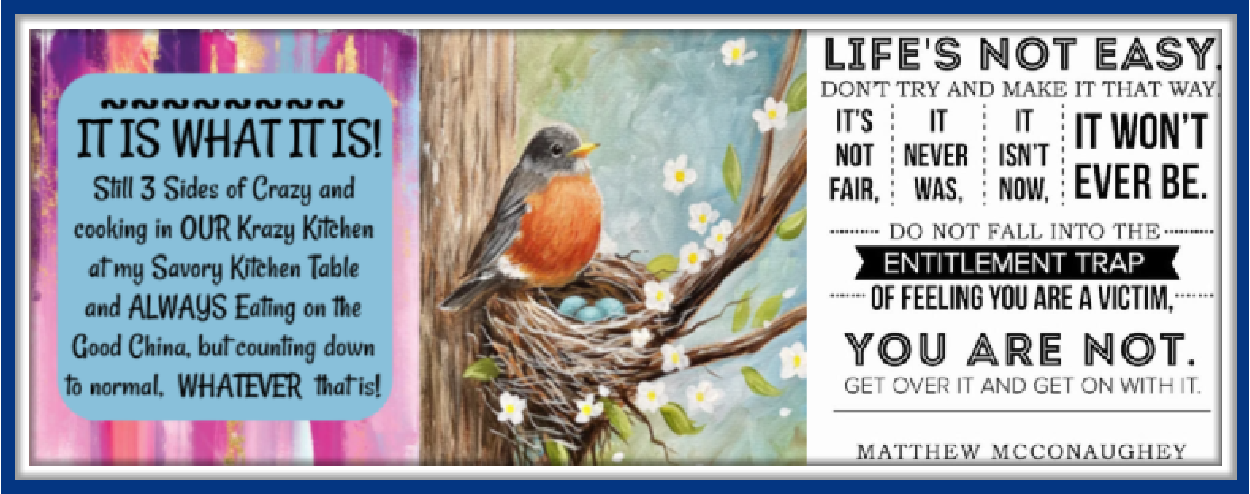


There are literally thousands of different advent calendars. These days most are promotional items and come in every form from daily chocolates to beers. You can make your own, find them on ETSY, EBAY… but what do they stand for? What is advent?
Advent itself is Christian followers remembering the birth of Christ in celebration of His birth and the anticipation of His return. Advent originates from Latin meaning “coming” or “arrival. Advent begins on the 4th Sunday before Christmas.
This year the first Sunday IS TODAY, December 4th. The second one is December 11th and the third will be December 18th. The third one is also known as Gaudette Sunday and is a time of rejoicing that the fast is almost over.




Advent calendars are a cute little way to help kids not only countdown to Christmas, but also learn along the way. Many families offer up a daily scripture or devotional reading to go along with the chocolate treat as a way to stay focused on the reason for the season.

Many families also use an Advent Wreath, burning the candles as they countdown to Christmas. Each week features a different liturgical theme. Traditionally the first week features hope and expectation of the Jewish people as they await the Saviour’s arrival and reminding Christian believers to wait for Jesus’ second coming. The second week focuses on preparation and the third week celebrates the coming of the Messiah while the final week celebrates God’s peace and love.
Both royal purple and Sarum blue are used to symbolize the preparation, penitence and royalty to welcome the new king at Christmas time while purple is also used as the color of suffering during the week of Lent and Holy Week. Most churches have shifted their emphasis to the Sarum blue for Advent and reserving the royal purple for the Easter season. Pink replaces the blue in week 4 as a shift happens to lessen the emphasis of penitence and turn the attention to the celebration of the season.


Red and green derive from old European practices using evergreens and holly to symbolize the ongoing life and hope that Christ’s birth brings to the world. Red and green are NOT actually liturgical colors for the season.

